-
 Bitcoin
Bitcoin $117500
2.15% -
 Ethereum
Ethereum $3911
6.19% -
 XRP
XRP $3.316
10.79% -
 Tether USDt
Tether USDt $1.000
0.01% -
 BNB
BNB $787.2
2.24% -
 Solana
Solana $175.2
4.15% -
 USDC
USDC $0.9999
0.00% -
 Dogecoin
Dogecoin $0.2225
8.40% -
 TRON
TRON $0.3383
0.28% -
 Cardano
Cardano $0.7868
6.02% -
 Stellar
Stellar $0.4382
9.34% -
 Hyperliquid
Hyperliquid $40.92
7.56% -
 Sui
Sui $3.764
7.63% -
 Chainlink
Chainlink $18.48
10.66% -
 Bitcoin Cash
Bitcoin Cash $582.1
1.88% -
 Hedera
Hedera $0.2601
6.30% -
 Avalanche
Avalanche $23.33
4.94% -
 Ethena USDe
Ethena USDe $1.001
0.02% -
 Litecoin
Litecoin $122.3
2.04% -
 UNUS SED LEO
UNUS SED LEO $8.969
-0.27% -
 Toncoin
Toncoin $3.339
0.86% -
 Shiba Inu
Shiba Inu $0.00001287
4.30% -
 Uniswap
Uniswap $10.43
7.38% -
 Polkadot
Polkadot $3.861
5.08% -
 Dai
Dai $1.000
0.02% -
 Bitget Token
Bitget Token $4.513
3.41% -
 Monero
Monero $267.7
-6.18% -
 Cronos
Cronos $0.1499
4.14% -
 Pepe
Pepe $0.00001110
5.15% -
 Aave
Aave $284.9
8.28%
How to set risk limits in MEXC contracts? What are the differences between different levels?
Setting risk limits in MEXC contracts is crucial for managing trading risk effectively. Choose the right level based on experience, tolerance, and strategy to optimize your trades.
May 02, 2025 at 08:42 am
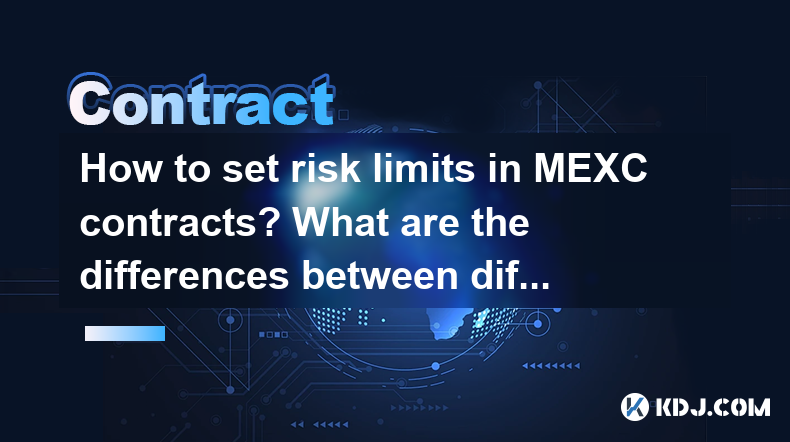
Setting risk limits in MEXC contracts is an essential part of managing your trading activities effectively. Risk limits help traders control their exposure to the market, ensuring that they do not take on more risk than they can handle. In this article, we will explore how to set risk limits in MEXC contracts and discuss the differences between different levels of risk limits.
Understanding Risk Limits in MEXC Contracts
Risk limits in MEXC contracts are designed to protect traders from significant losses by capping the maximum position size and leverage they can use. These limits are categorized into different levels, each corresponding to a specific range of position values. By understanding and setting these limits appropriately, traders can better manage their risk and optimize their trading strategies.
How to Set Risk Limits in MEXC Contracts
Setting risk limits in MEXC contracts involves a few straightforward steps. Here's how you can do it:
- Log into your MEXC account: Start by accessing your MEXC account using your credentials.
- Navigate to the Contracts section: Once logged in, go to the "Contracts" section of the platform.
- Select the contract you want to trade: Choose the specific contract for which you want to set risk limits.
- Access the risk limit settings: Look for the "Risk Limit" or "Position Limit" option within the contract's trading interface.
- Choose the appropriate risk limit level: Select the level that matches your trading strategy and risk tolerance. MEXC provides a range of levels, each with its own maximum position size and maintenance margin rate.
- Confirm your selection: After choosing the desired risk limit level, confirm your selection to apply the new limits to your trading account.
Differences Between Different Levels of Risk Limits
MEXC categorizes risk limits into several levels, each with distinct parameters. Here's a detailed look at the differences between these levels:
- Level 1: This is the lowest risk limit level, suitable for beginners or those who prefer to trade with minimal risk. The maximum position size is relatively small, and the maintenance margin rate is higher, ensuring that traders maintain a larger buffer against potential losses.
- Level 2: This level offers a slightly higher maximum position size than Level 1, with a moderately reduced maintenance margin rate. It is suitable for traders who are comfortable with a bit more risk but still want to keep their exposure in check.
- Level 3: At this level, the maximum position size increases further, and the maintenance margin rate is lower. This level is ideal for more experienced traders who can handle higher risks and want to maximize their potential returns.
- Level 4 and above: These higher levels are designed for advanced traders. The maximum position size is significantly larger, and the maintenance margin rate is at its lowest. These levels offer the highest potential rewards but also come with the greatest risk.
Choosing the Right Risk Limit Level
Selecting the appropriate risk limit level is crucial for effective risk management. Consider the following factors when making your choice:
- Trading Experience: If you are new to trading, it's advisable to start with a lower risk limit level to minimize potential losses. As you gain more experience and confidence, you can gradually move to higher levels.
- Risk Tolerance: Evaluate your comfort level with risk. If you prefer a conservative approach, opt for a lower level. If you are willing to take on more risk for potentially higher returns, consider a higher level.
- Trading Strategy: Different trading strategies may require different risk limit levels. For example, a scalping strategy might work well with a lower risk limit, while a swing trading strategy might benefit from a higher level.
Adjusting Risk Limits Based on Market Conditions
Market conditions can change rapidly, and it's important to adjust your risk limits accordingly. Here are some tips for adapting your risk limits based on market volatility:
- High Volatility: During periods of high market volatility, consider lowering your risk limit level to reduce your exposure to sudden price swings. This can help protect your capital from significant losses.
- Low Volatility: In a stable market with low volatility, you might feel more comfortable increasing your risk limit level to take advantage of potential opportunities. However, always ensure that your risk management strategy aligns with your overall trading goals.
Monitoring and Reviewing Your Risk Limits
Regularly monitoring and reviewing your risk limits is essential for maintaining effective risk management. Here are some steps to follow:
- Regular Check-ins: Make it a habit to check your risk limits at least once a week, or more frequently if you are an active trader.
- Performance Analysis: Analyze your trading performance to see if your current risk limit level is working effectively. If you are consistently hitting your risk limits, it might be time to adjust them.
- Feedback Loop: Use the insights gained from your performance analysis to fine-tune your risk limits. This feedback loop will help you optimize your trading strategy over time.
FAQs
Q: Can I change my risk limit level during an open position?
A: Yes, you can change your risk limit level during an open position, but it's important to understand that doing so may trigger a margin call if your new level requires a higher maintenance margin rate. Always ensure you have sufficient funds in your account before making such changes.
Q: What happens if I exceed my risk limit?
A: If you exceed your risk limit, MEXC will automatically close your position to prevent further losses. This is known as a forced liquidation. To avoid this, monitor your positions closely and adjust your risk limits as needed.
Q: Are risk limits the same for all types of contracts on MEXC?
A: No, risk limits can vary depending on the type of contract. MEXC offers different risk limit levels for different contracts, so it's important to check the specific limits for each contract you trade.
Q: How does the maintenance margin rate affect my trading?
A: The maintenance margin rate determines the minimum amount of margin you need to maintain in your account to keep your position open. A higher maintenance margin rate means you need more funds in your account, which can limit your leverage and potential returns but also reduces your risk of liquidation.
Disclaimer:info@kdj.com
The information provided is not trading advice. kdj.com does not assume any responsibility for any investments made based on the information provided in this article. Cryptocurrencies are highly volatile and it is highly recommended that you invest with caution after thorough research!
If you believe that the content used on this website infringes your copyright, please contact us immediately (info@kdj.com) and we will delete it promptly.
- Bitcoin, Meme ICOs, and FOMO: Catching the Next Crypto Wave
- 2025-08-08 18:30:34
- OM, Investment, and Growth: Decoding the Latest Trends in Digital Assets
- 2025-08-08 18:30:34
- SNEK, Cardano, and the Contributor's Conundrum: A Meme Coin's Fight for Recognition
- 2025-08-08 16:30:12
- Toshi Crypto's Wild Ride: Rally, Demand Slump, and What's Next
- 2025-08-08 16:30:12
- Ethereum, Staking Yields, and DeFi Exposure: A New Era for Investors?
- 2025-08-08 15:10:12
- Unilabs Pumps MIA, Binance Coin Bouncing Back, and Ethereum's Bearish Blues
- 2025-08-08 15:10:12
Related knowledge

What is the distinction between mark price and last price on KuCoin?
Aug 08,2025 at 01:58pm
Understanding the Basics of Price in Cryptocurrency TradingIn cryptocurrency exchanges like KuCoin, two key price indicators frequently appear on trad...

What are the specific maker and taker fees on KuCoin Futures?
Aug 08,2025 at 08:28am
Understanding Maker and Taker Fees on KuCoin FuturesWhen trading on KuCoin Futures, users encounter two primary types of fees: maker fees and taker fe...
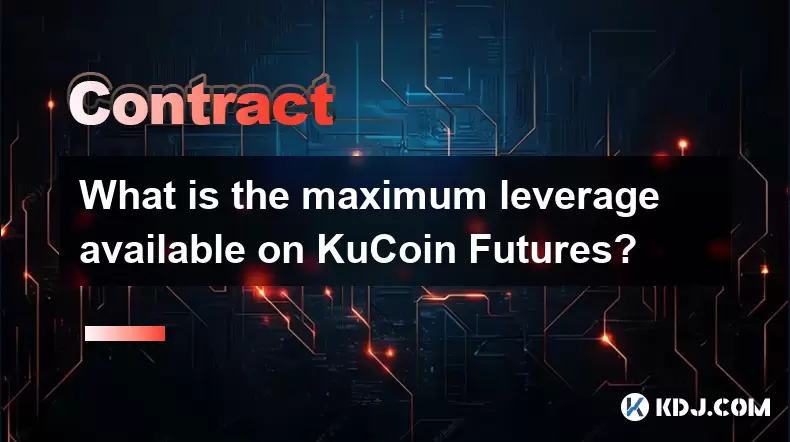
What is the maximum leverage available on KuCoin Futures?
Aug 08,2025 at 10:21am
Understanding Leverage in KuCoin Futures TradingLeverage in KuCoin Futures allows traders to control a larger position size using a smaller amount of ...
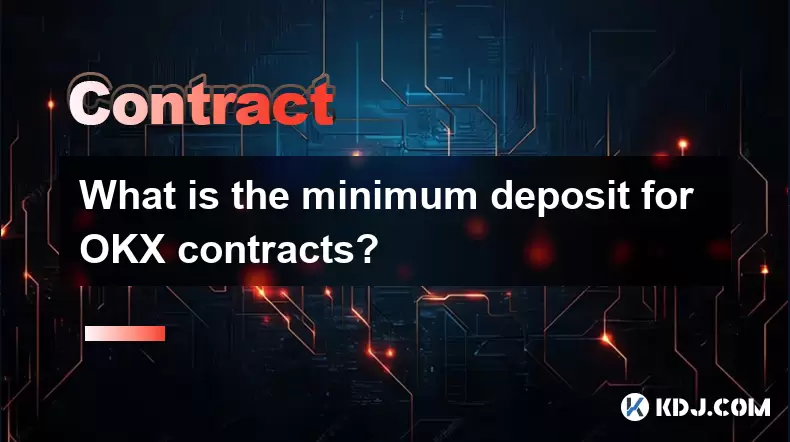
What is the minimum deposit for OKX contracts?
Aug 08,2025 at 07:00am
Understanding OKX Contract Trading BasicsOKX is one of the leading cryptocurrency derivatives exchanges, offering a wide range of perpetual and future...
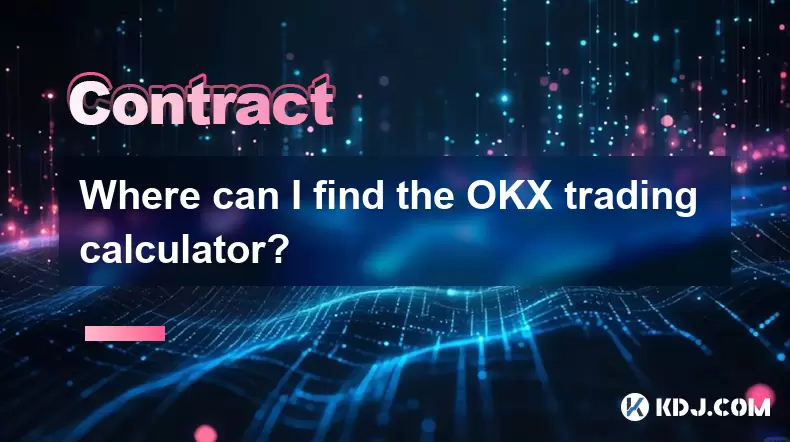
Where can I find the OKX trading calculator?
Aug 08,2025 at 07:49am
Understanding the OKX Trading Calculator FunctionalityThe OKX trading calculator is a powerful analytical tool designed to assist traders in estimatin...
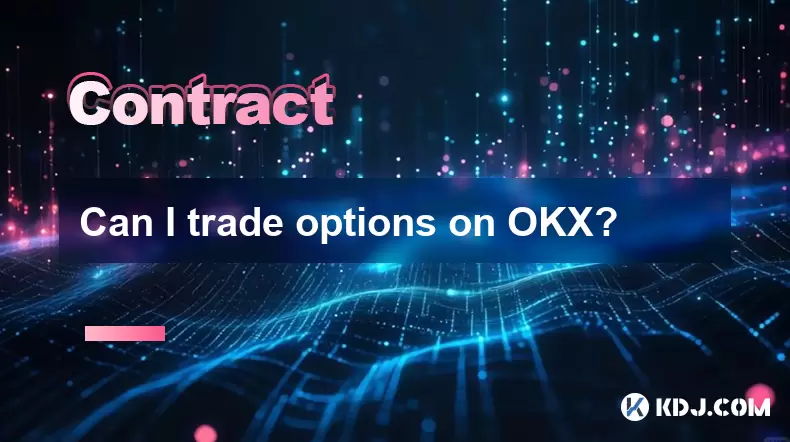
Can I trade options on OKX?
Aug 08,2025 at 11:01am
Understanding Options Trading on OKXYes, you can trade options on OKX. OKX is one of the leading cryptocurrency derivatives exchanges that offers a de...

What is the distinction between mark price and last price on KuCoin?
Aug 08,2025 at 01:58pm
Understanding the Basics of Price in Cryptocurrency TradingIn cryptocurrency exchanges like KuCoin, two key price indicators frequently appear on trad...

What are the specific maker and taker fees on KuCoin Futures?
Aug 08,2025 at 08:28am
Understanding Maker and Taker Fees on KuCoin FuturesWhen trading on KuCoin Futures, users encounter two primary types of fees: maker fees and taker fe...

What is the maximum leverage available on KuCoin Futures?
Aug 08,2025 at 10:21am
Understanding Leverage in KuCoin Futures TradingLeverage in KuCoin Futures allows traders to control a larger position size using a smaller amount of ...

What is the minimum deposit for OKX contracts?
Aug 08,2025 at 07:00am
Understanding OKX Contract Trading BasicsOKX is one of the leading cryptocurrency derivatives exchanges, offering a wide range of perpetual and future...

Where can I find the OKX trading calculator?
Aug 08,2025 at 07:49am
Understanding the OKX Trading Calculator FunctionalityThe OKX trading calculator is a powerful analytical tool designed to assist traders in estimatin...

Can I trade options on OKX?
Aug 08,2025 at 11:01am
Understanding Options Trading on OKXYes, you can trade options on OKX. OKX is one of the leading cryptocurrency derivatives exchanges that offers a de...
See all articles

























































































